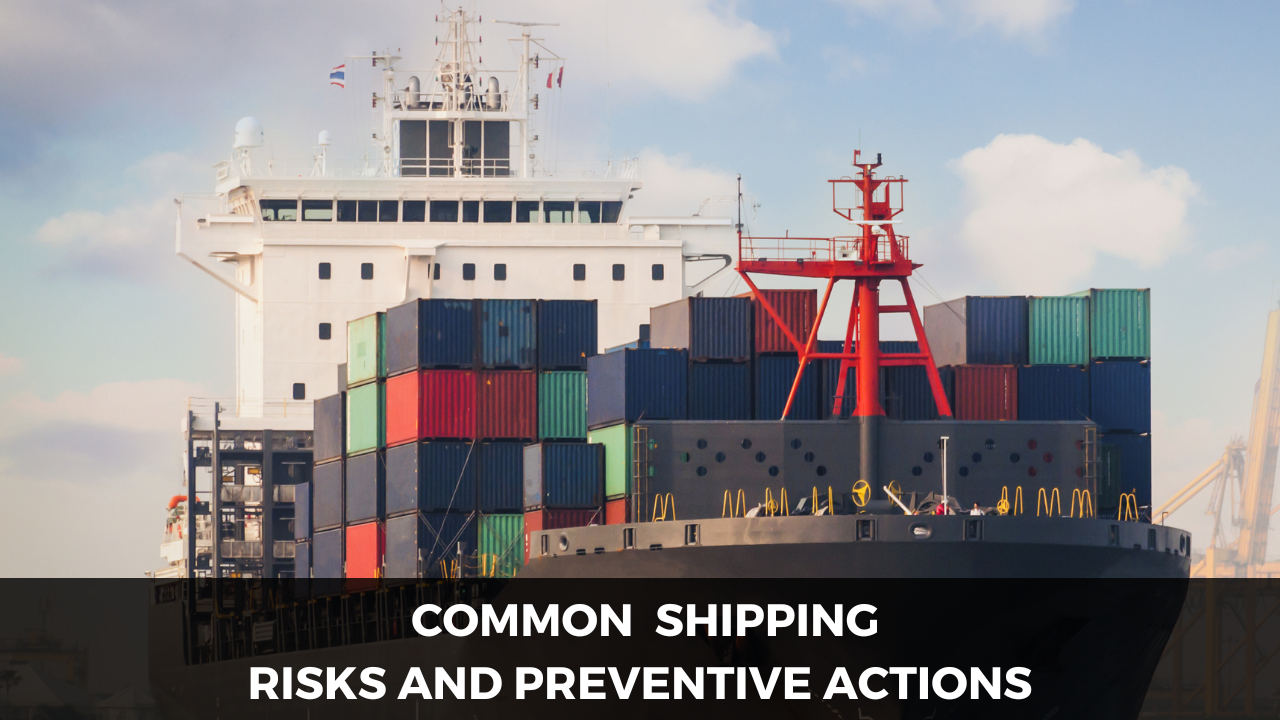
Use and Abuse
Significant transportation hazards can arise when a shipment comes into contact with other goods since there are several opportunities for serious punctures or wear and tear. Inadequate or incorrect internal packaging, on the other hand, causes the contents to experience pressure via the outside package.
Constriction
Constriction
The loading of a co-loaded cargo on top of a shipment causes crushing or compression. Unsupported outer packaging results in serious damage. While giving the external packaging a sturdy base, internal packing should be arranged to fill any empty places. Ultimately, it reduces the likelihood of cargo crushing or restriction.
Vulnerability to the environment
The weather and other environmental factors have a significant impact on cargo damage. Geographical factors have a big impact on how goods is damaged during shipping. Water or humidity not only compromises the shipment’s contents but also undermines the packaging’s structural integrity. Adhesive, which is mainly utilised in corrugated cardboard boxes, eventually becomes brittle due to moisture.
Shipping and Handling
The hand lifting of non-palletized cargo presents a number of risks because it frequently drops or slides due to its weight. Palletized cargo carry a significant risk of falling or sliding, even when forked by a forklift. As a result, even a small slip or fall poses a serious risk to the entire shipment and its crew.
Shock
Shock
The likelihood of experiencing a shock to the cargo during transit is high because it moves between several modes that involve forklifts, conveyors, trolleys, etc. As a result, the package receives a lot of shock during shipment, which seriously damages it. The entire load is destroyed when either the interior or outside packing is unable to resist the handling conditions that a shipment encounters during transit.
Important Advice for Preventing Shipment Hazards to the Cargo
Since we now know that shipping risks might result in serious damages, it is therefore crucial to research effective ways to protect the cargo during shipping. Banding and shrink-wrapping are the two main ways for fastening goods, and they can be used for both palletized and non-palletized items. Steel, nylon, polyester (PET), and polypropylene are some of the most popular materials used for banding.
Metal is a very good material for heavy items. Nylon and PET are also practical materials for soft items and cartons. Plastic strapping that has an impenetrable seal needs to be used sparingly while still being extremely robust.
Different kinds of techniques include:
- Shrink Wrapping involves tightly wrapping goods, rotating film horizontally, applying film until 50% overlaps, diagonally crisscrossing, and angled downwards, tightly overlapping around pallet base.
- Strapping is a convenient and safe method for shipping goods, with IATA standards requiring four ways of application. Manual strapping involves looping under pallet voids and over goods.
- Edge Guards: Vertical edge guards stabilise the load while minimising damage to the box. Edge protectors that are upright as well as horizontal are advantageous.
- Paperboards: A paperboard placed on the top, base, and sides creates a protective layer or barrier. These aid in distributing the cargo weights over and in opposition to the base slats.
- Bracing: In the case of cable reels or motors, bracing with wood or metal against the pallet prevents sideways movement. Pre-shipment testing is also strongly advised to evaluate the packaging's efficacy. It attests to the package's ability to protect the items from shipping risks.







